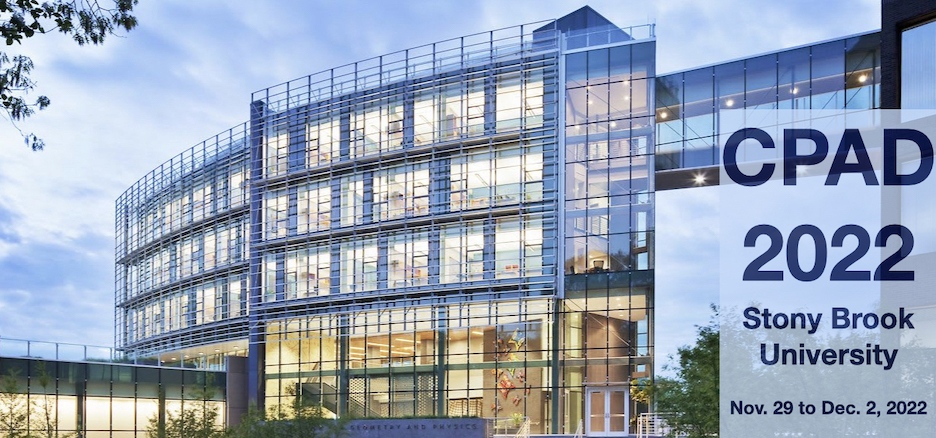Speaker
Description
The high luminosity Large Hadron Collider (HL-LHC) will collide particles at unprecedented rates to search for new physics and make high precision measurements to challenge the standard model. The increase in granularity of the detectors and the background rates pose high demands for the materials of charged particle tracking detector support structures. Tracking detectors at current (and future) colliders are typically exposed to a high-radiation environment where carbon fiber composite materials are employed to design and build the mechanical support structures of silicon detectors because of their high thermal conductivity, strength to mass ratio and radiation tolerance. The Phase-II CMS upgrade is expected to have an accumulated radiation dose near the interaction point for the polymeric and carbon composite support structures upto $1.5~\mathrm{GRad}$ $(3000 ~\mathrm{fb^{-1}})$ along with thermal cycling between -35°C to room temperature while installing and maintenance operations. Flexural response testing and dynamic mechanical analysis (DMA) temperature-frequency sweeps are used to measure the radiation effect on elastic, storage, and loss moduli of these materials. Optical microscopy results are presented on pre- and post- irradiated samples for evaluating defects like de-gassing and crack propagation. A method for measuring thermal conductivity is presented and the results show no decrease or degradation on the thermal conductivity of the materials. Future direction of research for using terahertz time domain spectroscopy for evaluating thermal and mechanical strains in a composite material is presented.

